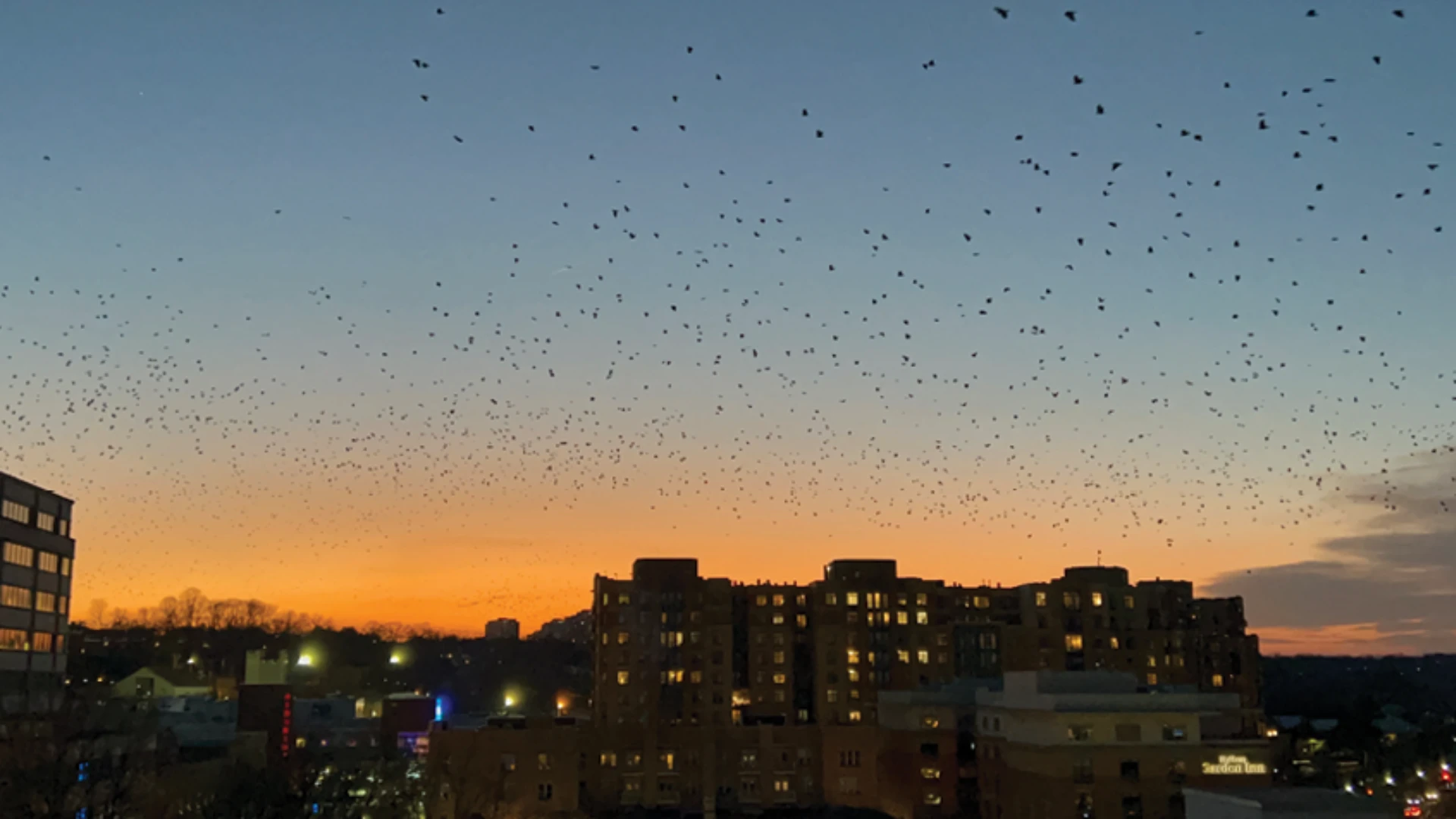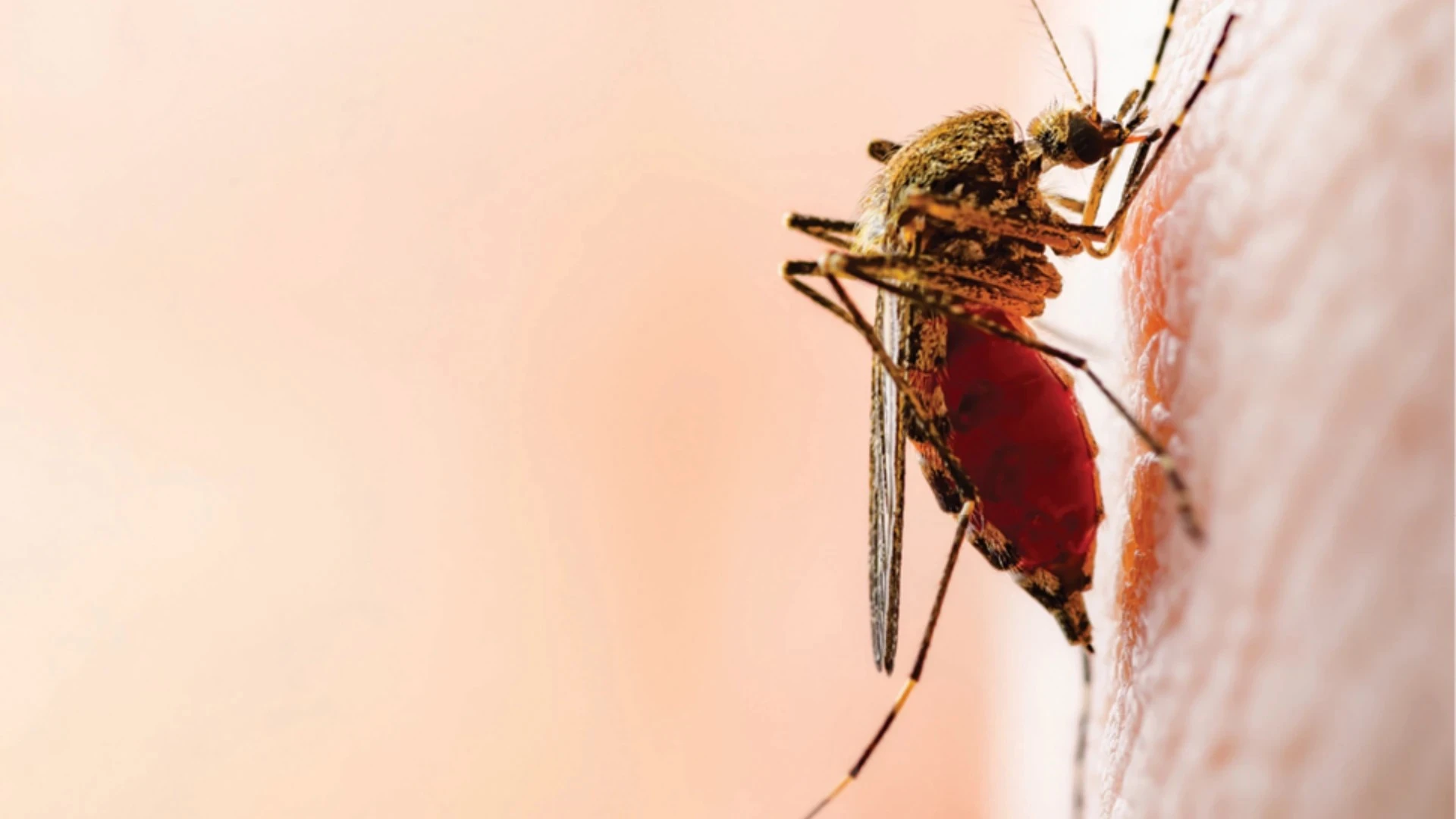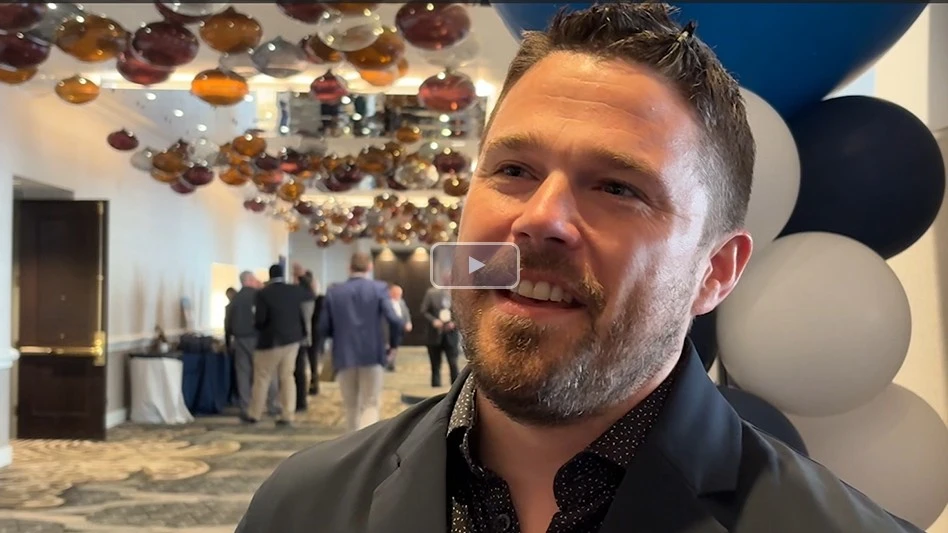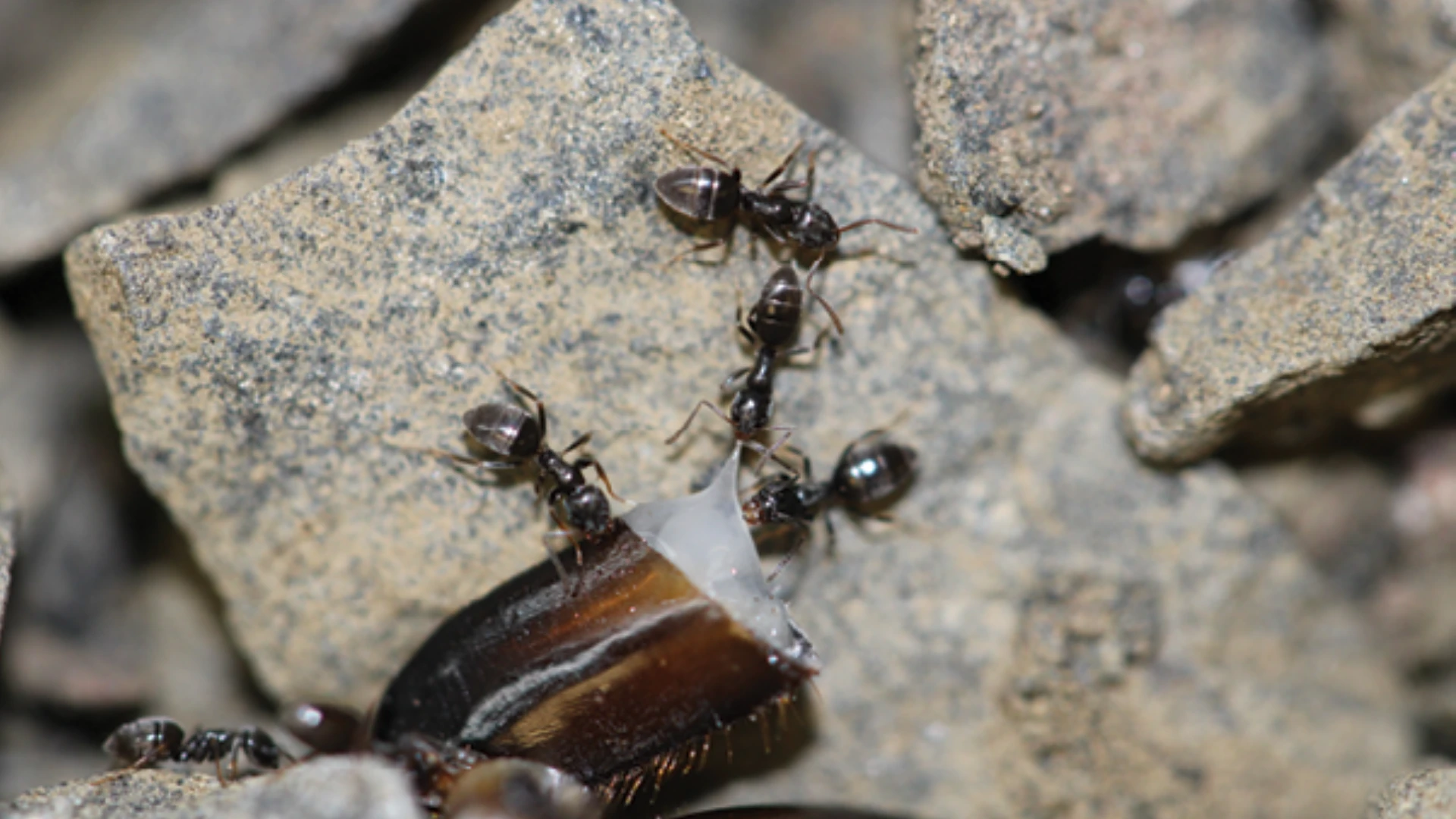Much has been written about our tight homes, structures that are sealed against the loss of heat or cold. It is a myth conception that each of the different environments throughout the structures requires the same kinds of treatments.
The conditions involving temperature, moisture, shelter, food, etc. all have an impact on the incidence and survival of pest species. That is why I believe that the principal role of the next generation of pest control operators, the pest management consultants, will be the identification and monitoring of each of the different microenvironments in the structures that we treat; this before any pesticide is applied, if indeed treatment is needed. We need to look upon the structure we treat as an assemblage of various zones, each with its individual environment.
A kitchen floor, for instance, is considered clean when the exposed floor is swept and washed. But the microenvironment is far different, only inches away, on the floor under kitchen appliances. Here, in these stagnant spaces, the floor can be strewn with cockroach litter — egg capsules, fecal matter, body parts, food particles and food spill residues — all impregnated with the stench of cockroach pheromones. All of this colony’s litter reeks with powerful attractants for new infestations.
PEST ESSENTIALS. Moisture, so essential to all insect life, is readily available from condensation on cold water lines or refrigerator condenser coils, indoor plumbing leaks or seepage from outdoor rainwater, mop rinse water, pet watering dishes, etc. In addition, the bottom layer of air is the coolest and therefore contains more moisture.
Air near the ceiling is always warmer. In The Mallis Handbook of Pest Control, 8th Edition, Drs. Eric Benson and Patricia Zungoli report that 92% of brownbanded cockroach egg capsules are deposited in the upper third of the room.
Another household pest that is even more dependent on moisture than the cockroach is the house dust mite. It cannot flourish if the humidity is below 50%. So how does it manage to survive in homes with lower relative humidity because of air conditioning or in very dry climates? In bed, under a person or pet, the humidity from the body is absorbed through the mite’s integument. The situation is different with another moisture-loving household pest — the book louse. According to Eric Smith in the NPCA Field Guide to Structural Pests, this psocid has trouble controlling water loss through its exoskeleton. It feeds on fungi, which requires a humid environment. The pest management professional must be on the lookout for cul-de-sacs and pockets of stagnant air that are exposed to moist surfaces. Here a moisture meter would be very helpful. Once a book louse or silverfish blunders into such an environment, a colony could quickly develop. The moisture condition must be corrected, after application of a pyrethrin/desiccant product has killed the infestation.
Flea control by PCOs is difficult if there is a hidden ‘Shangri-La’ which the pet uses for rest or sleep. In one situation, when a PCO asked for help, I used my Lil’ Hummer and a ‘down-and-under’ tool to reach into a spot behind the stove where there were thousands of flea droppings and eggs.
In southern states, drywood termites and also carpenter ants infest roof rafters in structures. How do they survive the very high (130°F and higher) temperatures? It may be the insulating property of the wood or the insulating property of the batting between the rafters. I believe they have extended their galleries into the wood below, which is cooled with air conditioning. They have no problem moving quickly from the tropical to the temperate zones. Another example of the variety of habitats in a structure is the sewer lines. Here the air is almost always cool and damp. The interiors of the drainage lines are coated with gelatinous muck, ideal food for the maggots of psychodid (moth) flies. Just above the water level, generations of these nuisance flies thrive. These pests are especially troublesome where drain pipe laterals are abandoned in remodeling jobs. These create ideal breeding sites. Sometimes rats can enter homes through a broken grid after they have found a break in the buried sewer line. Potted plants are also a frequent source of some nuisance pests, having been transplanted from an outdoor environment.
AN ECOLOGY DETECTIVE. The pest management professional should look not only at switch outlets and baseboards, but should take a holistic view of all the indoor and outdoor ecology. The structure is a grouping of different zones, each requiring individual attention. The pest management professional must play the role of a detective who interrogates, investigates and identifies potential problem sites using all available tools. Once identified, they must be corrected or reported for correction. If treatment is indicated, alternatives to toxicants should be tried first and, if necessary, minimal amounts of the least toxic pesticides should be applied to the appropriate ‘compartment.’
Harry Katz, a 50-year veteran of the pest control industry, is an independent consultant based in Deerfield Beach, Fla. To contact Katz, call 954/427-9716.

Explore the January 1998 Issue
Check out more from this issue and find your next story to read.
Latest from Pest Control Technology
- Follow the Trail
- Carpenter Ants: Understanding the Bothersome Burrowers
- Massey Services Acquires Insight Pest Solutions of San Antonio
- Target Specialty Products Expands Sales Leadership Team
- Mosquito Joe Promotes David Price to Vice President of Strategic Growth
- Abell Pest Control Recognized as One of Canada’s Best Workplaces in 2025
- Scorpion Launches Capacity Marketing Engine
- Petti Pest Control Owners Reflect on Finding Success as a Father-Son Duo





